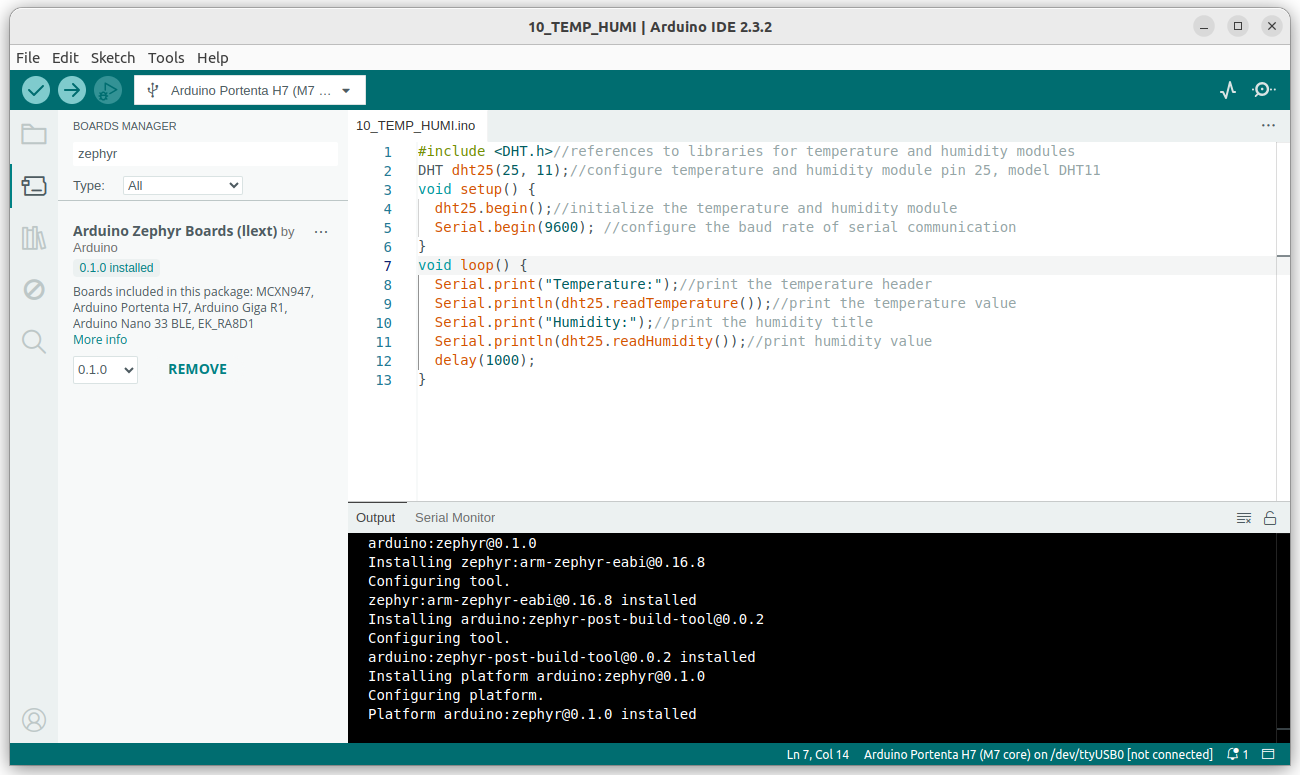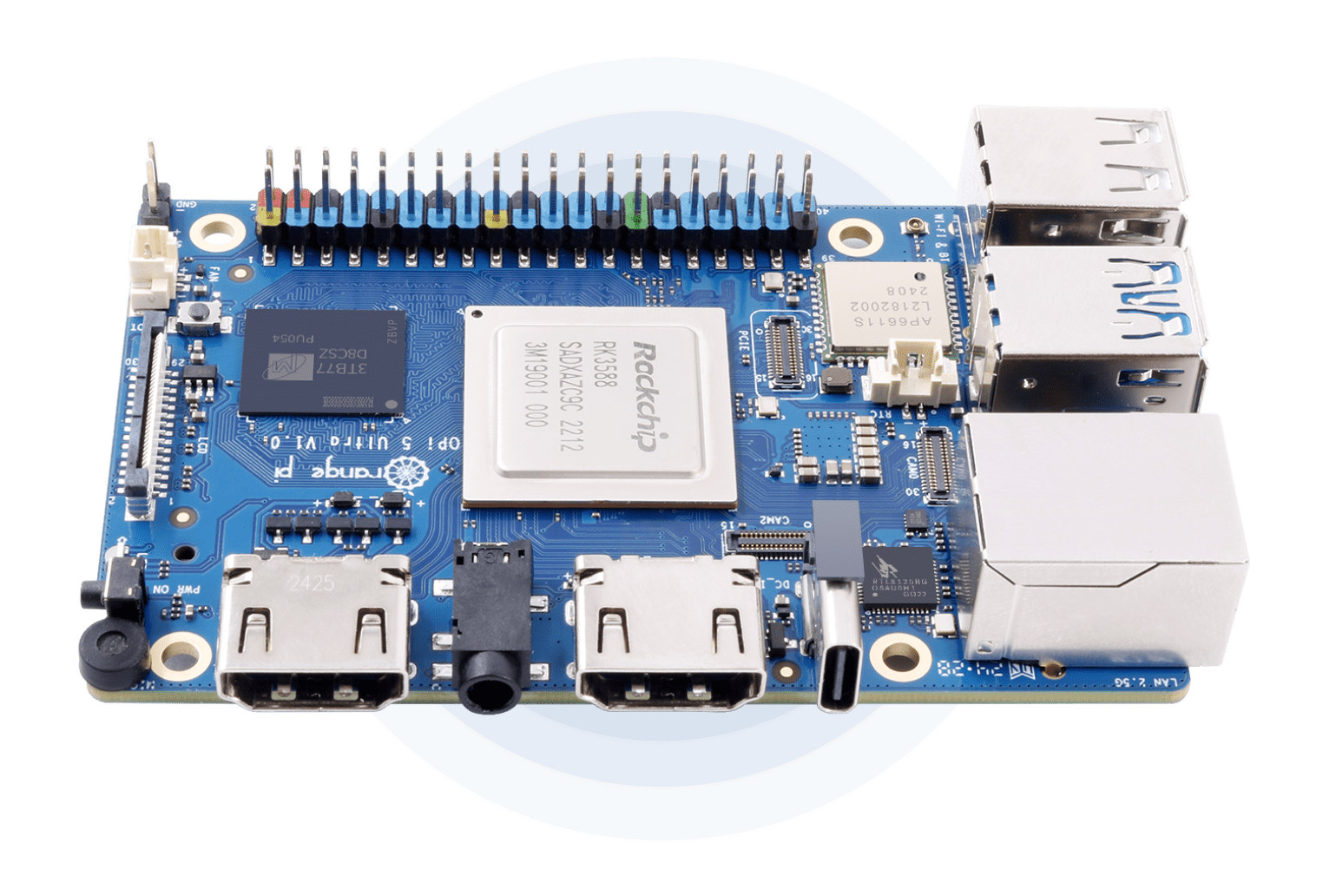STMicro has announced the availability of the STM32N6 microcontroller series based on the 800MHz ARM Cortex-M55 and the 600 GOPS-capable Neural-ART Accelerator. The STM32N6 is the company’s “newest and most powerful STM32 series,” bringing MPU-level performance to MCUs. It is the first STM32 to feature the Arm Cortex-M55 and offer up to 4.2MB of embedded RAM. Additionally, the chip includes ST’s NeoChrom GPU and an H.264 hardware encoder. According to Remi El-Quazzane, MDRF (Microcontrollers, Digital ICs, and RF Products) President at STMicro, the STM32N6 “marks the beginning of a long journey of AI hardware-accelerated STM32, which will enable innovations in applications and products in ways not possible with any other embedded processing solution.” STMicro offers two versions of the STM32N6 MCU: the STM32N6x7 AI line featuring the Neural-ART accelerator and the STM32N6x5 GP (general-purpose) product line without an NPU. The microcontroller series is primarily targeted at computer vision and audio […]
Lattice unveils Nexus 2 small FPGA platform, Lattice Avant 30 and Avant 50 mid-range devices, updated Lattice design software tools
Lattice Semiconductors announced several new FPGAs and software tools at the Lattice Developers Conference 2024 which took place on December 10-11. First, the company unveiled the Nexus 2 small FPGA platform starting with the Certus-N2 general-purpose FPGAs offering significant efficiency and performance improvements in this category of devices. The Lattice Avant 30 and Avant 50 were also introduced as mid-range FPGA devices with new capacity options to enable edge-optimized and advanced connectivity applications. Finally, the company releases new versions of Lattice design software tools and application-specific solution stacks to help accelerate customer time-to-market such for edge AI, embedded vision, factory automation, and automotive designs with Lattice Drive. Let’s have a look at the highlights of each announcement. Lattice Nexus 2 small FPGA platform and Certus-N2 FPGA Highlights and benefits of the Lattice Nexus 2 small FPGA platform: Power Efficiency against similar class competitive devices Up to 3x lower power Up […]
MeLE QuieterDL – An ultrathin fanless Intel N100 mini PC with dual 2.5 GbE, HDMI, DisplayPort, and USB-C video outputs
MeLE QuieterDL is a fanless mini PC with an ultrathin design similar to the MeLE Quieter4C, albeit larger, and featuring two 2.5GbE RJ45 ports and supporting triple display setups via HDMI, DisplayPort, and USB-C connectors. The computer also comes with up to 16GB LPDDR4 RAM, 512GB storage, a microSD card slot, a 3.5mm audio jack, three USB 3.2 ports, one USB 2.0 port, WiFi 5 and Bluetooth 5.1 wireless connectivity, and Kensington lock slot for theft prevention. MeLE QuieterDL specifications: SoC – Intel Processor N100 CPU – Quad-core Alder Lake-N processor @ up to 3.4 GHz (Turbo) GPU – 24EU Intel HD graphics @ 750 MHz Cache – 6MB cache TDP: 6W System Memory – 4GB, 8GB, or 16GB LPDDR4X Storage Up to 512GB storage; support up to 4GB (unclear where it’s an eMCM flash + SSD configuration, or SSD only) MicroSD card reader Video Output 1x HDMI 2.0 port […]
Arduino Core for Zephyr beta released – Let’s give it a try!
Last July, Arduino announced plans to switch from the soon-to-be deprecated Arm Mbed to Zephyr RTOS, and the company has now outed the first beta release of “Arduino Core for Zephyr OS” for a range of boards. From the user’s perspective, this should not change anything. However, there are massive changes under the hood and Arduino sketches are built and executed differently with the Arduino Core for Zephyr. Some highlights of the new Zephyr-based Arduino core implementation include: Dynamic sketch loading – Sketches are compiled as ELF files and dynamically loaded by a precompiled Zephyr-based firmware. Zephyr subsystems support threading, inter-process communication, and real-time scheduling. Fast compiling and smaller binaries since a thin layer of user code and libraries are compiled, while the rest of the ZephyrOS is already binary. You can get started straightaway with the code and instructions on GitHub. You’ll need Arduino 2.x.x for this to work. […]
XIAO Powerbread is a breadboard power supply and meter based on XIAO RP2040 or ESP32 USB-C board
The XIAO Powerbread is a breadboard power supply and meter compatible with XIAO RP2040 or ESP32 USB-C boards and equipped with a color LCD display showing real-time voltage, current, and power consumption for 5V and/or 3.3V power rails. Breadboard power supplies are nothing new. We’ve written about several over the years including the Toaster board with adjustable voltage from 5 to 16V, the SwitchTrick switching power supply board, and the MEGO portable breadboard power supply with a built-in battery. The XIAO Powerbread only supports 5V and 3.3V power rails, but its main selling point is its integrated breadboard power meter function. XIAO Powerbread specifications: Supported USB-C modules General purpose MCU – XIAO RP2040, XIAO RP2350 WiFi / Bluetooth MCU – XIAO ESP32S3, XIAO ESP32C3, XIAO ESP32C6 Display – 0.96-inch color TFT LCD with 160×80 resolution and ST7735S SPI controller Power monitoring – 2x TI INA3221 sensors connected over I2C […]
u-blox MAYA-W4 tri-radio IoT module features NXP IW610 chipset with Wi-Fi 6, Bluetooth 5.4, and 802.15.4 radios
Last year, we covered the u-blox MAYA-W3 module, which was based on the Infineon AIROC CYW5551x chipset and utilized separate chipsets for 2.4 GHz, 5 GHz, and 6 GHz frequencies. Now, u-blox has introduced the MAYA-W4 series, a host-based Wi-Fi 6, Bluetooth 5.4, and 802.15.4 module built on the NXP IW610 chipset. Designed for industrial and commercial applications such as building automation, energy management, smart homes, and healthcare, the MAYA-W4 series supports SISO Wi-Fi 6 with a 20 MHz channel width, ensuring reliable performance in dense network environments. These modules can function as access points, stations, P2P devices, or in mixed modes. The MAYA-W4 modules are compatible with the Matter protocol over Thread and Wi-Fi, facilitating seamless integration across ecosystems. With a compact size of 10.4 x 14.3 mm, these modules rank among the smallest Wi-Fi 6 SMD modules and are available with integrated antennas or U.FL connectors. Rigorous testing […]
SONOFF CAM Slim Gen2 Review – A tiny indoor security camera tested with eWeLink and Home Assistant
We have received the latest tiny indoor security camera from SONOFF: the second generation of the CAM Slim series known as the CAM Slim Gen2 (or CAM S2 for shorts). Some of you might remember the first-generation CAM Slim model reviewed by Jean-Luc about two years ago. The Gen2 version keeps the same 1080p resolution but comes with several upgraded features, including AI algorithms to distinguish living beings, customizable detection zones, customizable privacy zones, sleep mode, enhanced low-light image quality, and flexible storage management. Although it’s packed with several enhancements, its price is lower than the Gen1. Let’s delve into the details! SONOFF CAM Slim Gen2 unboxing Inside the box, you’ll find a compact manual, a USB-C cable, a mounting kit, and a sticker template acting as a drilling guide. The camera is smaller than your palm and comes mounted on a versatile, rotatable base, making installation in various positions […]
Orange Pi 5 Ultra SBC offers HDMI 2.1 output and HDMI 2.0 input
The Orange Pi 5 Ultra is a Rockchip RK3588 SBC that’s slightly larger than a business card and visually identical to the Orange Pi 5 Max introduced last August, but replacing one of the two HDMI 2.1 video outputs on the latter with an HDMI 2.0 input port. The new single board computer is still offered with up to 16GB LPDDR5, an eMMC flash module connector or soldered-on eMMC flash, an M.2 socket for an NVMe SSD, 2.5GbE and WiFi 6E networking, and four USB 3.0/2.0 ports. Orange Pi 5 Ultra specifications: SoC – Rockchip RK3588 CPU – Octa-core processor with 4x Cortex-A76 cores @ up to 2.4 GHz, 4x Cortex-A55 cores @ up to 1.8 GHz Arm Mali-G610 MP4 GPU with support for OpenGL ES1.1/2.0/3.2, OpenCL 2.2, and Vulkan 1.2 6 TOPS AI accelerator with support for INT4/INT8/INT16/FP16 mixed operation VPU – 8Kp60 H.265/VP9/AVS2 10-bit decoder, 8Kp30 H.264 decoder, […]










